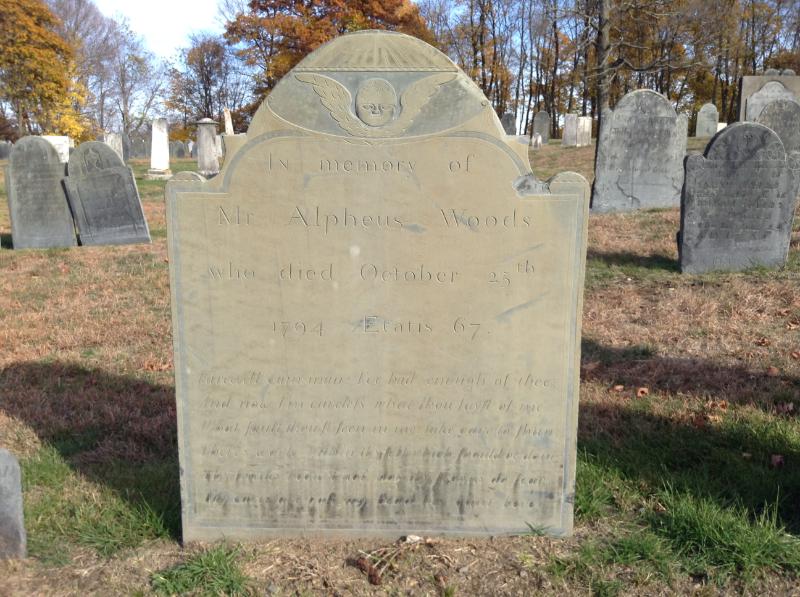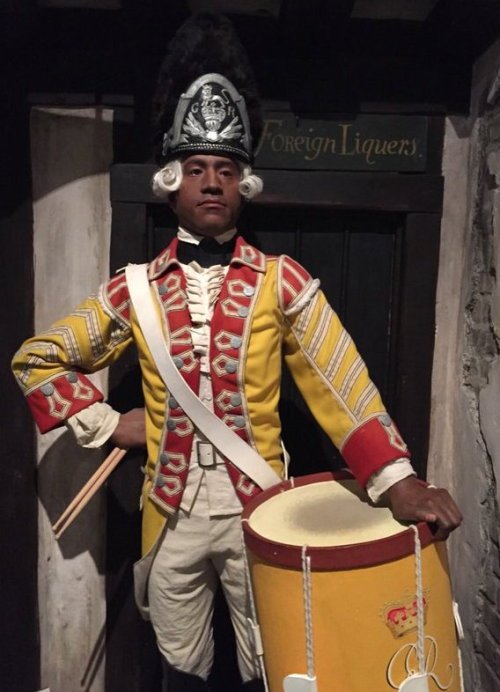Unpaid Taxes and a Stolen Horse
I searched not only for Walker’s name but also for the names of Nathaniel Jennison and John and Seth Caldwell, the white men involved.
I didn’t find reports of the case. But I did come across advertisements showing some of what those men were dealing with in 1783.
On 30 Dec 1782, Jotham Houghton, constable for Petersham, sent out a long, detailed notice about the taxes on tracts of land in that town and how much tax was owed on them. It was printed in the 16 Jan 1783 Independent Chronicle in Boston.
According to Houghton’s accounts, “Nathaniel Jennison, of Barre,” owed more than £30 going back to June 1780, plus “for hiring a soldier, 1s 5d.”
In apparent response, Jennison placed an advertisement in the 3 July 1783 Massachusetts Spy offering fifty acres in Petersham and “A LOT of new LAND lying in Rutland” for sale “for State securities or good private security, hard money will not be refused.”
On 2 July, Jennison was on the eastern side of the state. The 10 July Independent Chronicle ran this ad from him:
STOP THIEF!It wasn’t turning out to be a great year for Nathaniel Jennison, even beyond the judgment against him in the Walker cases.
Twenty dollars reward,
STOLEN from a pasture in Roxbury, on the 2d of July instant, a large dark bay HORSE, sixteen hands high, black mane and tail, trots and paces, high carriage, about nine years old. Any person who shall take up said horse, and give intelligence to Nathaniel Jennison, of Barry, in the county of Worcester, shall receive ten dollars, with all necessary charges; and if the thief is apprehended, and brought to justice, they shall have the above reward of twenty dollars…
But Jennison wasn’t the only figure having troubles. On 19 February, David Puket, the tax collector of Greenfield, issued a notice, printed in the next day’s Independent Chronicle, that he was selling “One farm belonging to John Caldwell, Esq;” for unpaid taxes. As a measure of inflation, Duket calculated the tax bill to be worth:
- “79l. 4d. old emission.”
- “4l. 6s. 11d. State’s money.”
- “16s. silver.”
On 10 June, John and Sarah Caldwell bought a notice in Isaiah Thomas’s Massachusetts Spy (published first on 12 June), saying that they would sell “By PUBLICK AUCTION” three horses and “A NUMBER of good likely COWS” at “the house of Mrs. SARAH CALDWELL, widow, in BARRE.”
Finally, the 26 June Independent Chronicle ran a notice from Daniel Wells, new tax collector in Greenfield, stating that “John Caldwell, Esq;” now owed nearly £2.13s., and he would sell off the man’s property on 21 July if that bill was still unpaid.
Because of the number of Caldwells in Barre and nearby, I’m not sure those three notices involved the same John Caldwell involved in the Quock Walker cases. Nor can I figure out how this John Caldwell was related to the widow Sarah Caldwell; her late husband was possibly William, who died young in 1780.
Despite those genealogical uncertainties, those advertisements show how farmers in central Massachusetts, including relatively prosperous men who had been able to invest in land in different towns, were under economic pressure by 1783. That was part of the background to the Quock Walker decisions.
One bit of pleasant news: Seth Caldwell married Mary (Polly) Jones of Worcester in 1782, and they started a large family the next year. He died in 1805 at age forty-seven, styled a militia major. She died in 1828 at age sixty-four.



